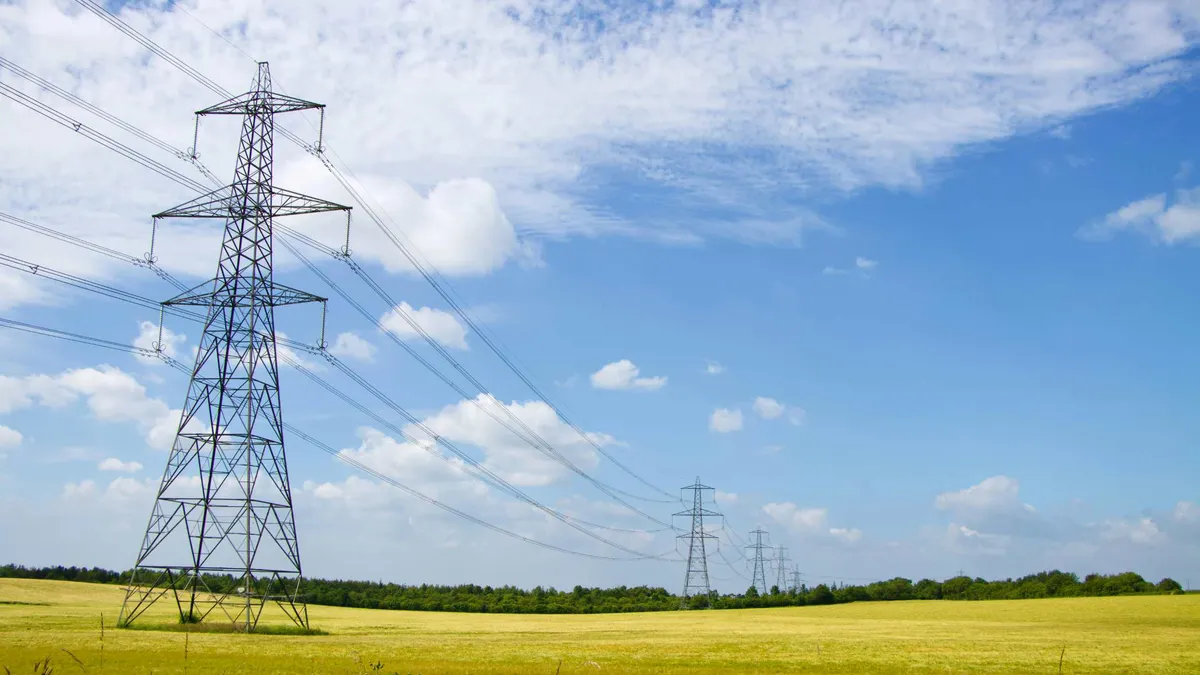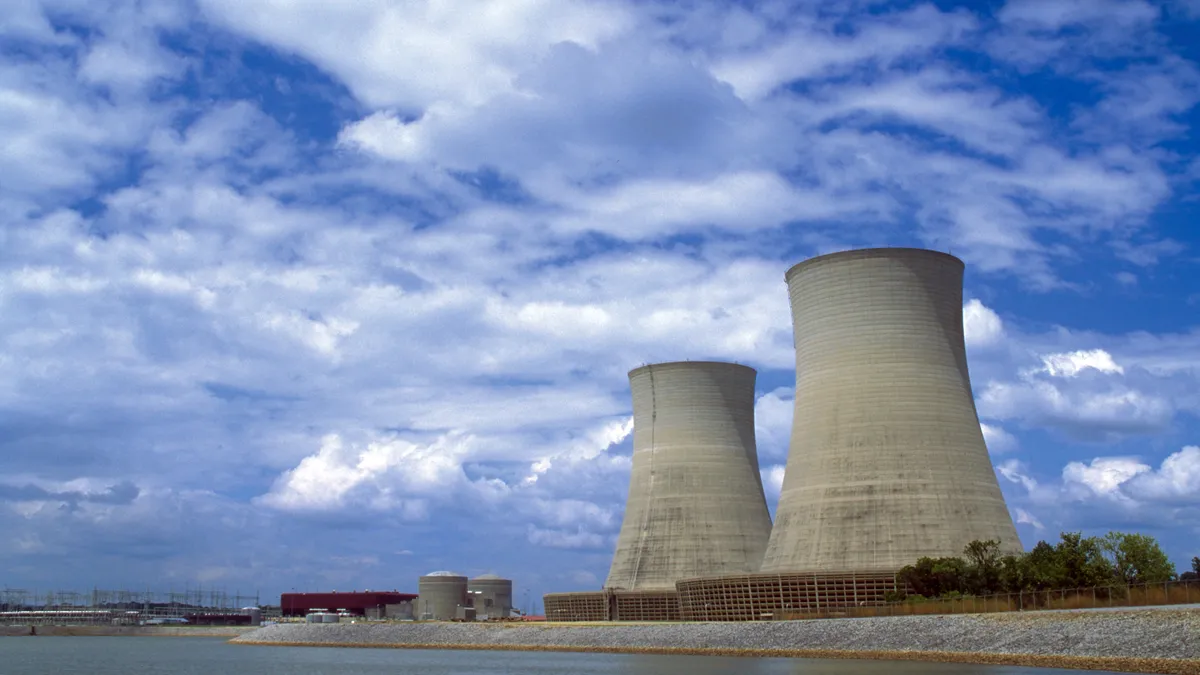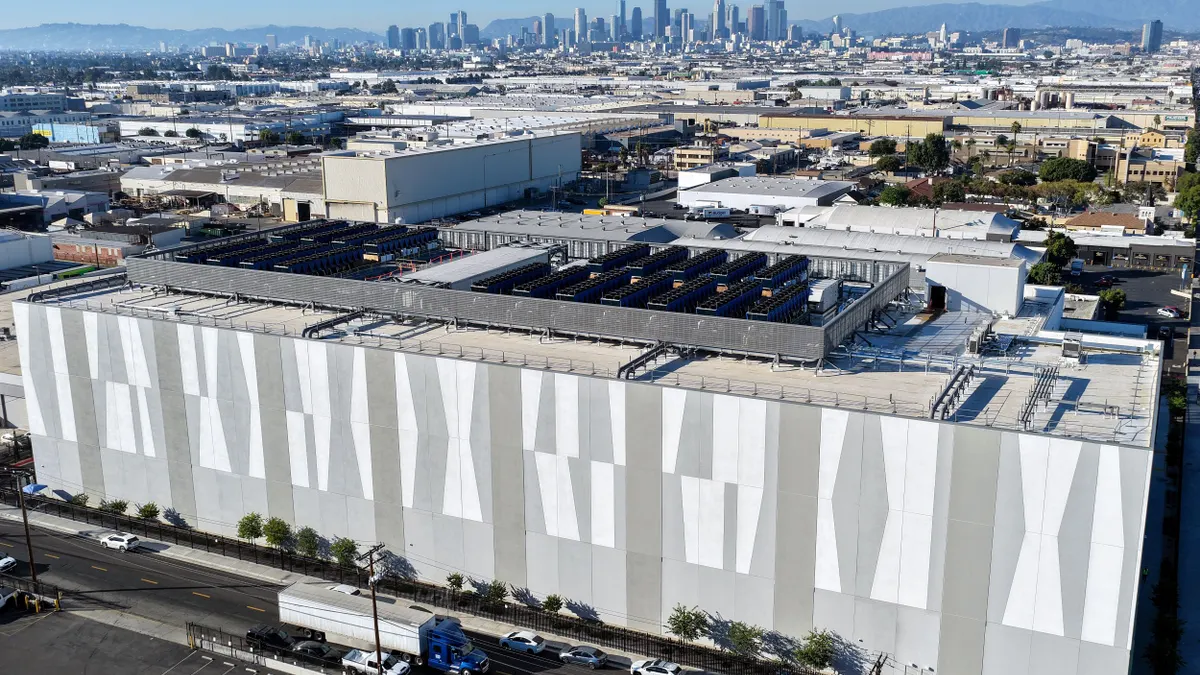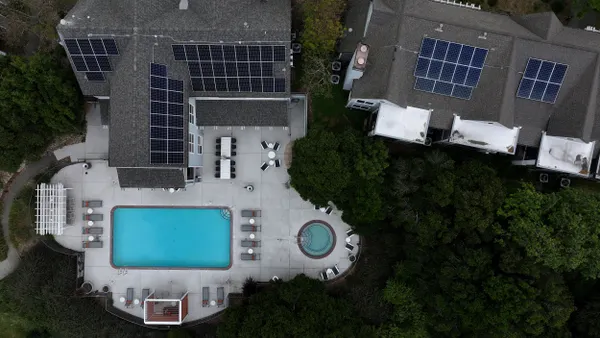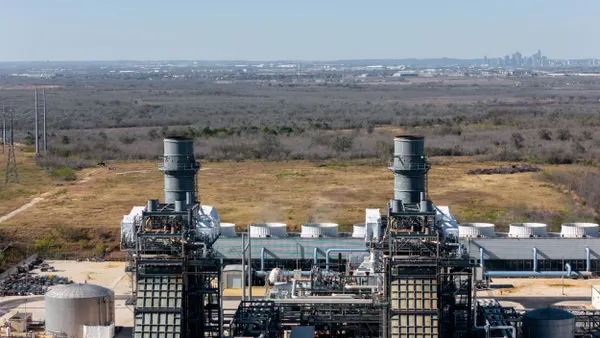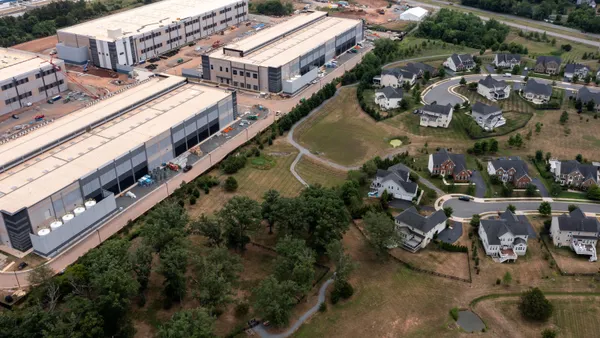The recent power outage that swept across Spain and Portugal was more than a loss of electricity – it was a sharp reminder of how deeply our lives depend on reliable energy. For those affected, the disruption brought not only inconvenience but real hardship, with the whole of civil society still grappling with the aftermath.
This isn’t a uniquely Iberian issue. In 2019, a lightning strike on the Hornsea One offshore wind farm in the UK triggered a cascading failure that left more than a million people without power and brought rail networks to a standstill.
Across geographies, energy infrastructure built for a different era remains all too vulnerable to disruption. Designed for the demands of the 20th century, our energy systems are no longer fit for the realities of the 21st. They remain too static and too slow to respond to sudden changes. The energy industry needs a fundamental shift, a move toward a resilient, digitalized and flexible energy system capable of adapting in real time.
To meet these challenges, we must invest in energy systems that are inherently resilient. Advances in artificial intelligence now make it possible to create self-healing grids: networks that can isolate faults, dynamically adjust, and continue to deliver power without interruption.
Moving away from a handful of large, fossil-fueled power plants – systems that could once be managed by a centralized command center and a few spreadsheets – towards a highly decentralized network of millions of renewable generation points and large-scale battery storage marks a fundamental shift. We also see the rise of consumer technologies like EVs that can store days of energy, and heat pumps that can vary their energy use without inconveniencing home owners. This transformation doesn’t just demand smarter coordination; it gives us the opportunity to build an energy system that is flexible, intelligent and capable of healing itself in real time. These distributed assets, when connected and coordinated intelligently with AI, can provide critical services to managing the grid, like energy balancing, voltage support, synthetic inertia, frequency regulation and congestion relief in milliseconds, delivering flexibility where it’s needed most.
Consumer-led technologies are accelerating this shift. In 2023, consumers spent twice as much on low-carbon technologies – EVs, home solar, batteries and heat pumps – as governments did. This marks a new era in which consumers are active participants in energy resilience. Each electric vehicle, for instance, is not just transport – it’s a potential battery for the grid, able to power a home for four or five days.
By 2030, an estimated 20.9 million EVs will be on American roads by 2030 (at minimum). Coordinated effectively, these vehicles will be able to offer another layer of defence against outages. Combined with large-scale batteries and smart grid infrastructure, we have the tools to design an energy system that can adapt, absorb shocks and recover – quickly and automatically.
Recent interconnector failures have shown the power of self-healing energy systems in action. In October 2024 and March 2025, trips on the North Sea Link (NSL) with Norway and Interconnexion France-Angleterre 2 (IFA2) with France cut up to 1.4GW of imports to Britain, causing sharp drops in generation leading to imbalance of supply and demand, like the one in Iberia (see graphs below). But this time, fast-acting frequency services from battery sites run on modern software helped stabilize the grid immediately before it led to blackouts. These assets absorbed the shock in real time, while consumer devices were able to shift demand and avoid outages while the system recovered.
NSL (UK- Norway Interconnector) trip reduced exports to the UK from 1.4GW to 0.
IFA2 (UK- France Interconnector) tripped, reducing imports to the UK by ~1GW.
A reliable energy system is the foundation of a functioning society. It powers hospitals, transports people and goods and keeps communications running. The consequences of even brief outages are real – and growing. But we are not powerless in the face of these risks. We have the technology, the infrastructure and the momentum to build something stronger.
Now is the time to reimagine our energy systems for resilience, reliability and collective benefit. A future where energy systems can self-heal is not a distant ambition – it’s within reach. We owe it to our communities, our economies and the planet to make it a reality.

